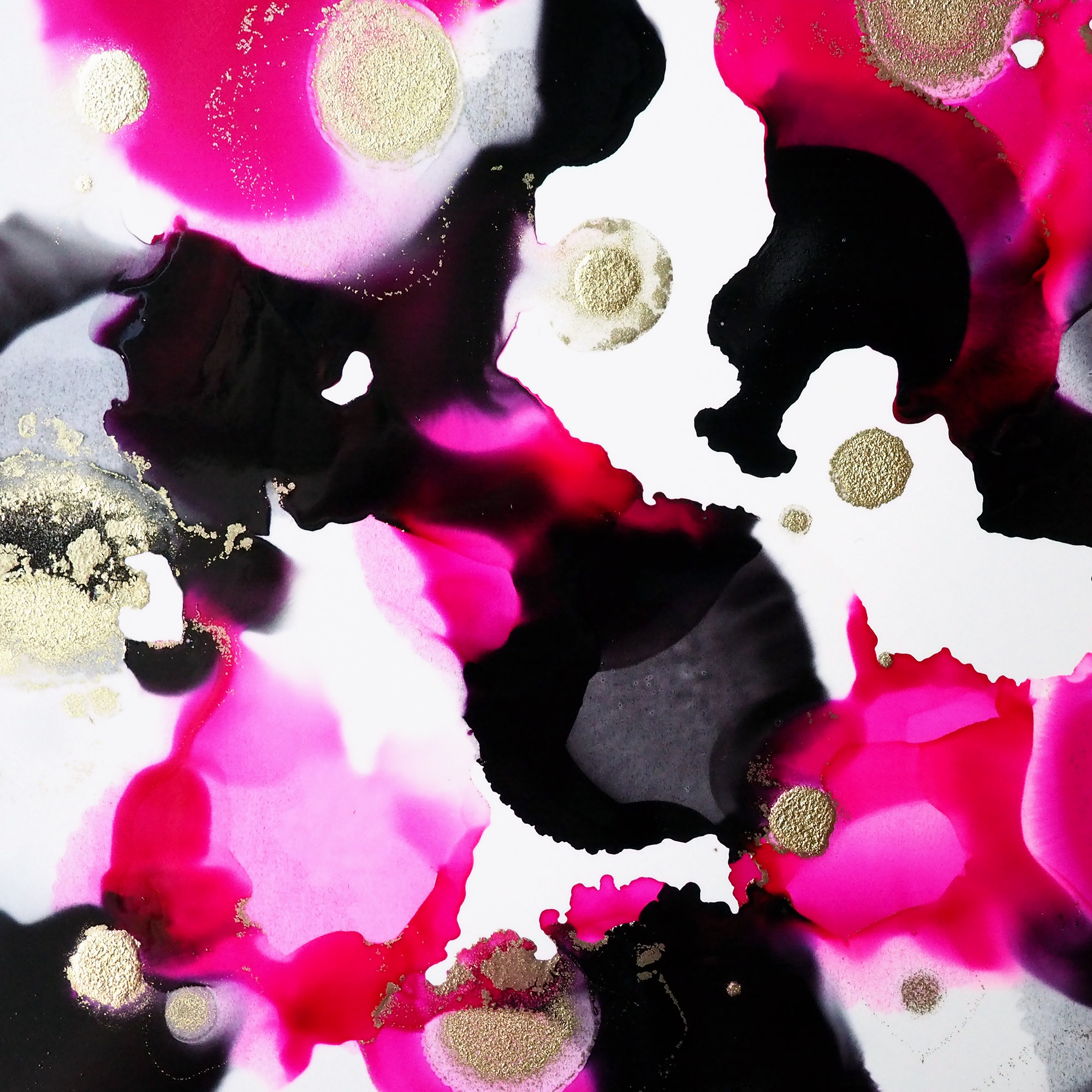Time Limit: 30 minutes
Categories: Identity
Challenge: You’ve been asked to submit an identity design for the 2012 Olympic Games in London 2020 Olympic Games in Tokyo. The initial sketch your logo must be composed from a single, unbroken line. Once you’ve placed your pen or pencil down on the paper, you can’t take it off the page until the logo is complete. Don’t go back for corrections, embrace mistakes!
My take away: I updated this to a more current Olympic Games (2020 Tokyo). I played around with a few other ideas first, but ultimately wanted to do something simple, red, and circle based to reflect the Japanese flag. I ended up liking the idea of giving it the tapered feel of a single painted line, inspired by the ensō symbol, but instead of stopping at the circle, I chose to have it end in a loose mountain shape, representing Mount Fuji. I hadn’t planned on digitizing the logo, but decided to quickly do a sketch in illustrator to better get across the feeling I was going for. In doing some quick research at the start of this challenge, I personally found a lot of the Olympics logos a little too busy for my personal preference, and I was drawn to the logo designs that were more minimalist. I didn’t realize until after I had completed the challenge that all the instances of the Olympics in Japan mainly used a circle as it’s main design element. My personal fave is the Tokyo 1964 logo.















































